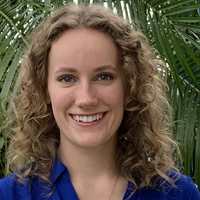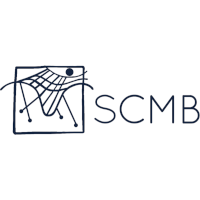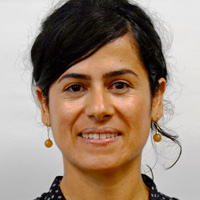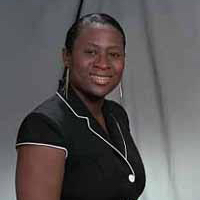Giulio De Leo (Stanford University, Biology and Woods Institute for the Environment)
Zoom To obtain the Zoom link, please contact Youngmin Park at park.y@ufl.edu.A novel integration of fine scale ecological data, high-resolution precision mapping, and epidemiological models to improve control of schistosomiasis dynamics Eliminating human parasitic disease often requires interrupting complex transmission pathways. Even when drugs to treat people are available, disease control can be difficult if the parasite can persist in nonhuman hosts. In my talk, I …









